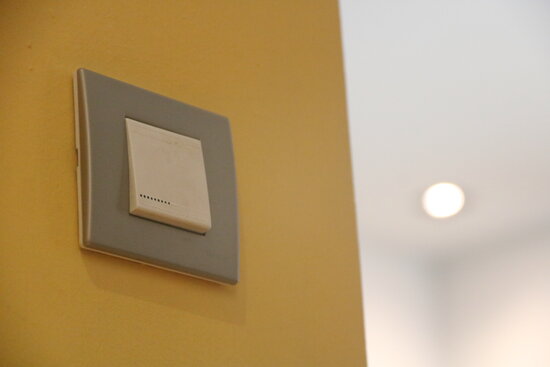Inflation sees slight drop in August according to preliminary data
Rate of change in prices in Spain down projected to fall to 10.4%, a drop of 0.4 percentage points

Inflation in Spain looks set to drop slightly in August compared to July, according to preliminary data released on Tuesday by the National Statistics Institute.
Projections show a forecasted drop of 0.4 percentage points in the month to 10.4% in total, down from 10.8% in July. These figures compare the change of prices in consumer goods compared with the same month the year before.
Inflation has been skyrocketing ever since Russia's full-scale invasion of Ukraine in February 2022, which saw energy prices soar across the continent.
The main drivers of the increase in inflation over the past year has been fuel, gas, electricity, and food and drink prices. However, August saw a slight drop in fuel prices compared with July, while the slight drop in inflation is also partly attributed to the drop in prices of liquid fuels.
Core inflation, which does not take into account unprocessed food and energy products, rose 0.3 percentage points to 6.4%. If this provisional figure is confirmed, it would be the highest since January 1993.
Nadia Calviño, vice-president of the Spanish government, celebrated the news that inflation has begun to "moderate" and hoped that it will be followed by "a downward path in the coming months."
Speaking with Spanish public broadcaster TVE, Calviño said that it is necessary to evaluate the recent trend of soaring inflation rates with "enormous caution" because of the very high level of "uncertainty." She explained that this uncertainty is mainly caused by the war in Ukraine, but she hoped that next year we will return to "more normal levels of inflation."
Cost of living crisis
The Spanish government has introduced some measures to alleviate against the cost of living crisis provoked by rising inflation, including a cap on gas prices, and subsidizing the cost of train tickets, with many short- and medium-distance journeys becoming free between September and the end of the year. Limits on the use of air conditioning in public spaces have also been brought in, as a way of using less power.
The cost of electricity has been making headlines since the summer of 2021 as an overreliance on polluting energy sources coupled with low natural gas reserves has forced prices to skyrocket.
Learn more about the cost of living crisis, fuelled by rising prices and intensified by the consequences of the war in Ukraine, by listening to our recent Filling the Sink podcast episode, which first aired in early April 2022:
Electricity prices hit new high
The price of electricity for regulated rate customers will climb to €459.4/MWh according to data from the Iberian Energy Market Operator (OMIE).
This is 8.5% more than the price seen on Monday (€423.36/MWh) and marks another record since the Iberian exception for energy prices came into force in mid-June.
The previous highest price was recorded last Wednesday when the cost of electricity reached €436.25/MWh.
The increase in the price of electricity comes after Gazprom, the Russian state gas company, announced that it will close the flow of gas through the Nord Stream 1 gas pipeline for three days starting next August 31 for maintenance work.
Electricity prices have been on the rise since the summer of 2021, when the January 2012 record of €103.76/MWh was first broken.
Costs have skyrocketed since then as natural gas reserves, which are needed to power combined-cycle plants, are low – a situation that has been exacerbated by geopolitical unrest between the EU and Russia, especially following the invasion of Ukraine.